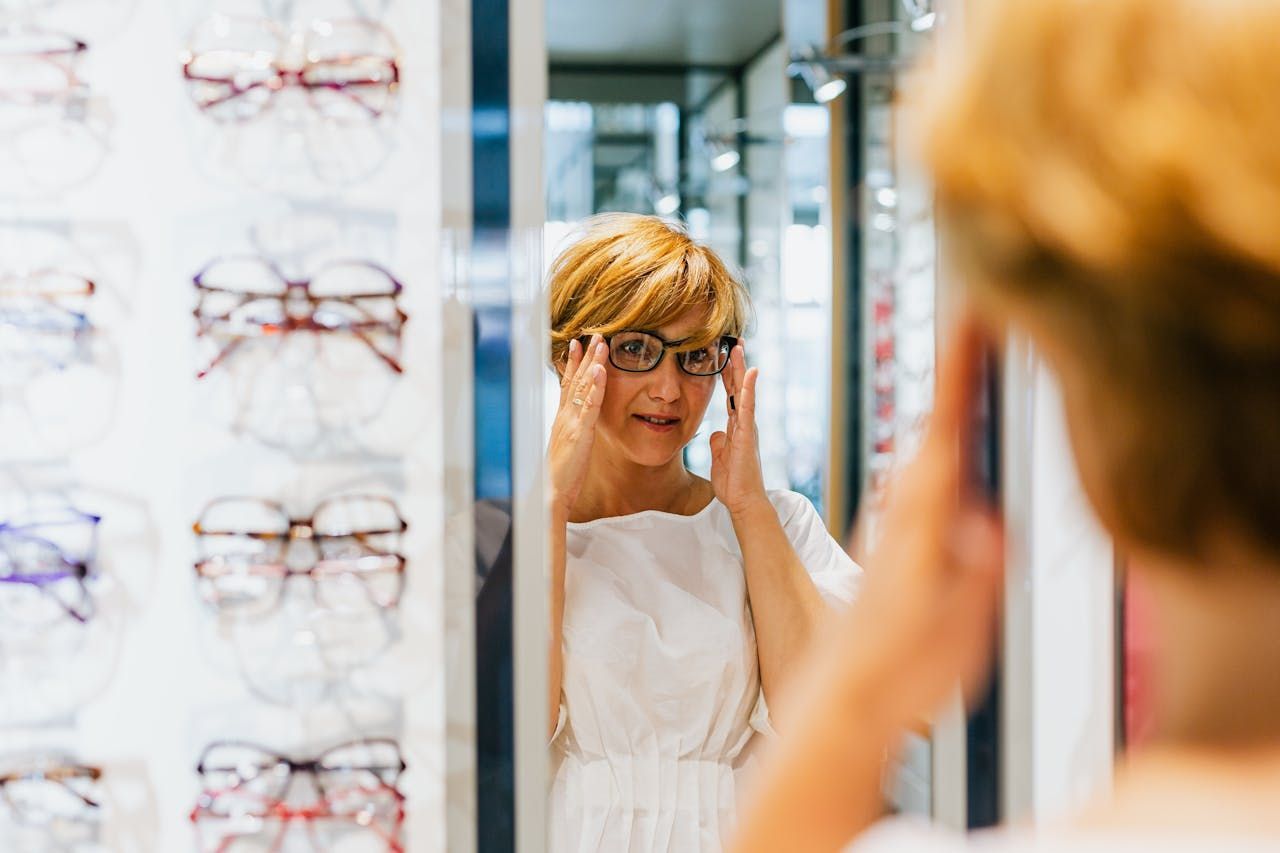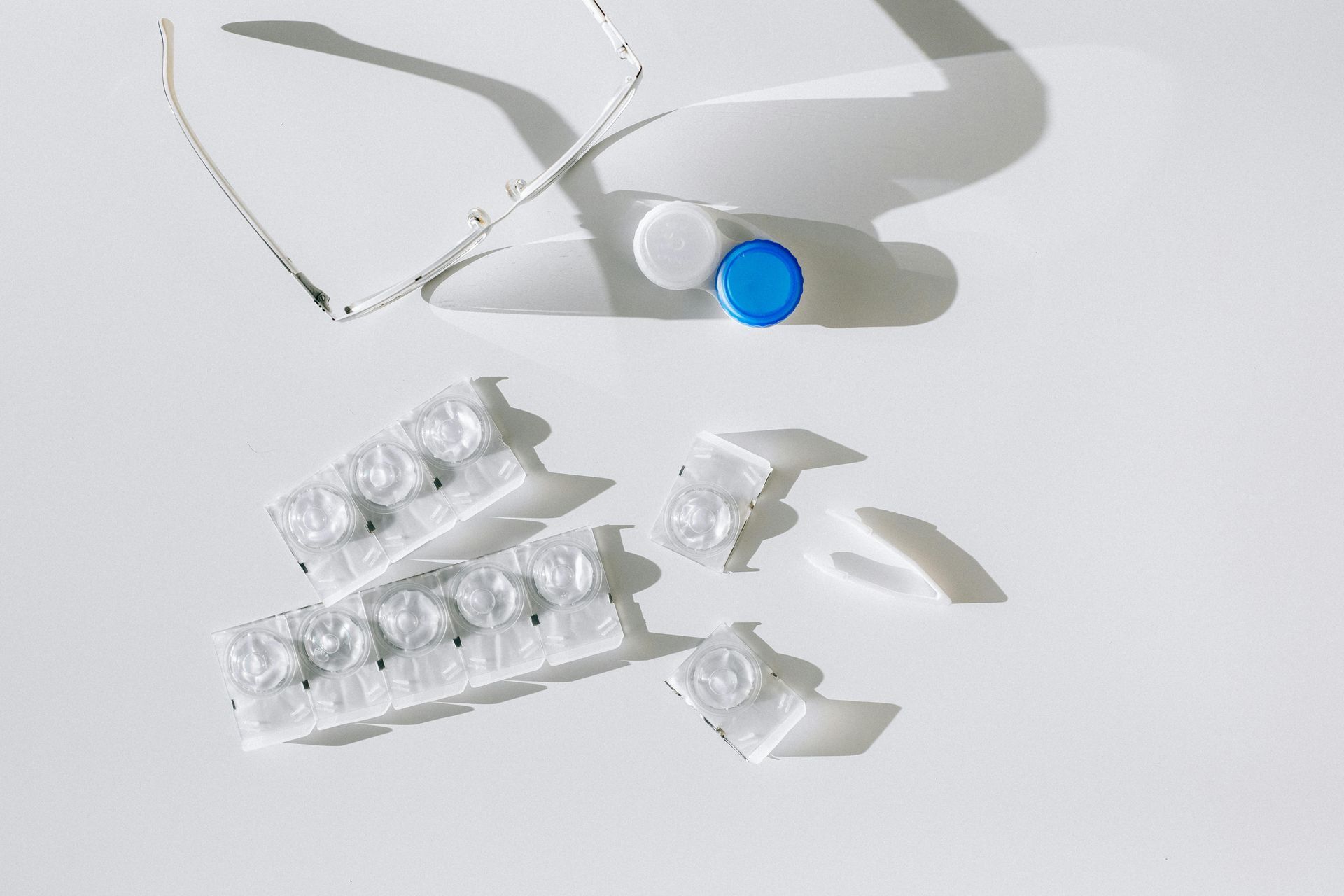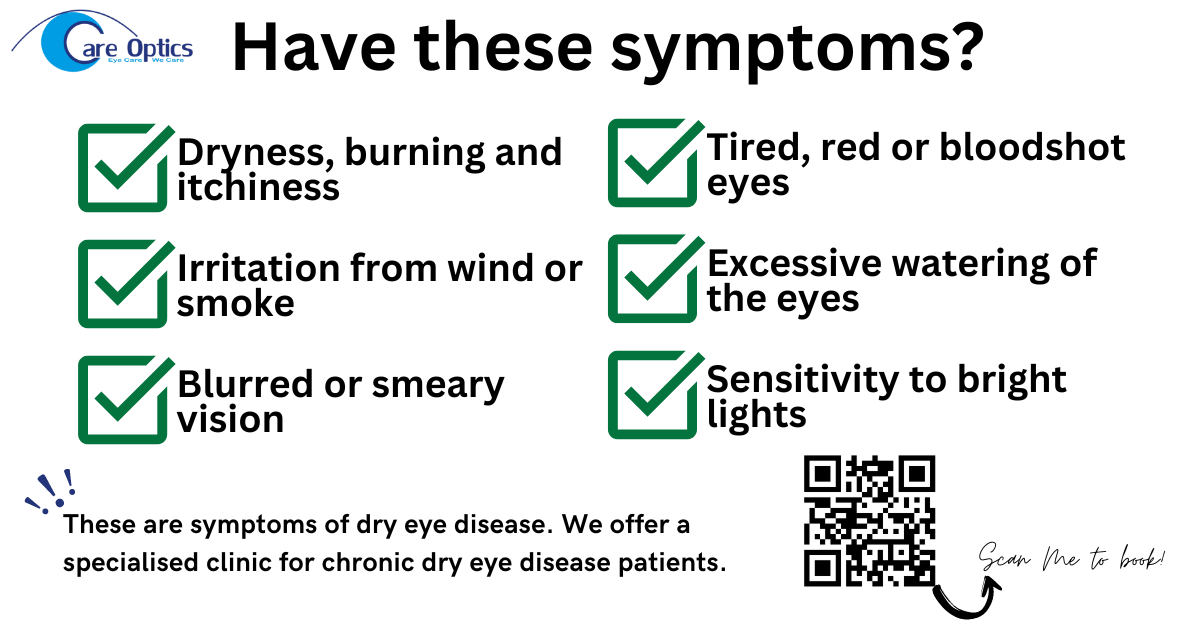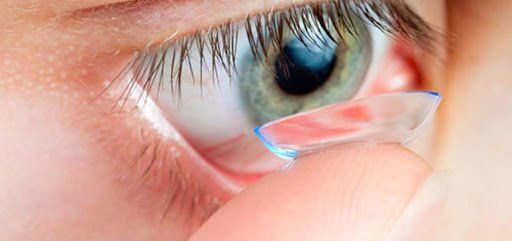Salt Awareness Week & Eye Health
- By Monica Coelho
- •
- 10 Jan, 2023
- •
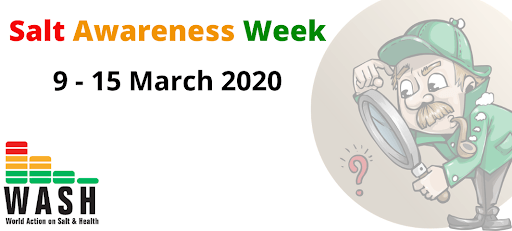
According to WASH (Wold Action on Salt & Health) “no country is on track to achieve a 30% reduction in salt intake by 2025 and no country has reached the World Health Organisation's recommended intake of less than 5g per day. We also know that too much salt in our diet raises blood pressure, which puts us at increased risk of stroke and heart disease.”
Salt does not only affect your general health, it also affects your eye health, but so does your whole diet.
Does my diet affect my eye health? How?
The answer is yes. A diet with high levels of salt may add to your Cataract formation and also increases the Blood Pressure, which can influence your Intraocular Pressure, as it leads to restricted blood flow to your eyes. Like salt, a diet full of saturated fat and sugars can also increase the risk of eye disease. Therefore, having a healthy diet is important for your general wellbeing, as it can prevent or delay problems such as Macular Degeneration, Cataracts and other eye problems. This said, it is also important to avoid prolonged exposure to ultraviolet rays, live a non-smokers life and get your eyes checked annually or whenever your Optometrist/Ophthalmologist recommends you. Don't forget, sunglasses are great when you're outdoors, and taking breaks from digital devices is essential and it will make your eyes less tired at the end of the day, but just as important (if not more) is the attention we must give to the food and liquids we consume on a daily basis.
Foods that improve/maintain my eye health:
Also very important is to limit the consumption of red meats, dairy produts and fried food as they increase the risk of developing Macular Degeneration, as well as other health problems. Keep in mind that the way you cook your food can be the main reason that separates meals from being healthy or unhealthy.
Care Optics - Eye Care, We Care.
Salt does not only affect your general health, it also affects your eye health, but so does your whole diet.
Does my diet affect my eye health? How?
The answer is yes. A diet with high levels of salt may add to your Cataract formation and also increases the Blood Pressure, which can influence your Intraocular Pressure, as it leads to restricted blood flow to your eyes. Like salt, a diet full of saturated fat and sugars can also increase the risk of eye disease. Therefore, having a healthy diet is important for your general wellbeing, as it can prevent or delay problems such as Macular Degeneration, Cataracts and other eye problems. This said, it is also important to avoid prolonged exposure to ultraviolet rays, live a non-smokers life and get your eyes checked annually or whenever your Optometrist/Ophthalmologist recommends you. Don't forget, sunglasses are great when you're outdoors, and taking breaks from digital devices is essential and it will make your eyes less tired at the end of the day, but just as important (if not more) is the attention we must give to the food and liquids we consume on a daily basis.
Foods that improve/maintain my eye health:
- Carrots, Sweet Potatoes, Apricots, Broccoli, Grapefruit, Onions, Spinach & Plums: These ingredients are full of Beta-Carotene (good source for Vitamin A), which promotes the retina health.
- Fatty Fish (Wild Salmon, Tuna, Trout, etc): These fish are full of good fat, especially Omega-3; they also provide docosahexaenoic acid which is critical for good retinal function.
- Eggs: Eggs contain Zeaxanthin, Lutein and Zinc, which can help to protect your eyes against Macular Degeneration.
- Romaine Lettuce, Kale & Spinach: These greens contain Zeaxanthin and Lutein, and studies show that when consumed in sufficient quantities, they help to reduce the chance of developing Age-Related Macular Degeneration, one of the leading causes of vision lost in the world.
- Oysters: They contain a high concentration of Zinc that helps to built up not just your eyes, but also your immune system, as it is an antioxidant that removes free radicals from your body, making it easier then to absorb Vitamin A. Oysters are also a source of Selenium, which is beneficial for your eyes and together with Zinc, they can substantially reduce your chances of developing Glaucoma.
- Water, 100% Fruit Juices & Non-Caffeinated Herbal Teas: It is crucial to keep yourself hydrated to help reduce irritation from dry eyes and to keep your immune-system healthy and strong.
Also very important is to limit the consumption of red meats, dairy produts and fried food as they increase the risk of developing Macular Degeneration, as well as other health problems. Keep in mind that the way you cook your food can be the main reason that separates meals from being healthy or unhealthy.
Care Optics - Eye Care, We Care.

Also known as "Surfer's Eye", Pterygium is an elevated, wedged-shaped growth from the lining of the eyelid onto the cornea. Although is benign, the growth itself can permanently disfigure the eye, reduce significantly the eyesight or even cause blindness. It became known as "Surfer's eye" because it is usually a consequence of being exposed to bright sun for long hours, specially by the water or snow - which reflects the UV rays to your eyes.
Causes
As written above, UV exposure seems to be one of the main reasons for Pterygium development, but wind and dust can also cause it as this leads to Dry Eye Disease, which by consequence will lead to this condition. Genetics may also play an important part, as some people seem to be more at risk than others.
Signs & Symptoms
Pterygium usually appears on the side of your eye that is closest to the nose, but it can also appear on the other sometimes. It is common to have it in one eye only, although sometimes it may appear on both eyes.
There are people who don't experience any symptoms or require treatment in the beginning, but as the growth develops, there can be redness, gritty, itchy or burning sensation, the eyes can become irritated and even swollen.
When the Pterygium starts to invade the cornea, it distorts the shape of the front of the eye, causing the curve of the cornea to change, leading then to refractive errors (Astigmatism in most cases).
Treatment
The treatment depends on the size of the Pterygium itself. If it's just a small growth, your Optometrist/Ophthalmologist can advise the patient on lubricants (eye drops or gels) to temporary reduce symptoms like redness, swelling, itchy or gritty felling.
If the Pterygium is more advanced, the only option is then surgery.
How to avoid it
As previously said, UV radiation and exposure seems to be one of the main reason leading to Pterygium. For that you have the perfect solution that is available for everyone - sunglasses . A good pair of sunglasses will filter the UV rays, giving you a sharper vision but also protecting you from conditions like Pterygium, Cataracts, Glaucoma, etc. Make sure to buy your sunglasses from a Optician instead of a shop non-related to eye care. A good pair of sunglasses should have UVA, UVB and UVC protection, and usually those shops will only have one of those protections - or even none.
We remind you that if you have any of these symptoms or any other, if you need to book an appointment or if you have any queries, please contact us over phone or email. We will be very happy to help you.
Keep in mind: At Care Optics - Eye Care, We Care
Causes
As written above, UV exposure seems to be one of the main reasons for Pterygium development, but wind and dust can also cause it as this leads to Dry Eye Disease, which by consequence will lead to this condition. Genetics may also play an important part, as some people seem to be more at risk than others.
Signs & Symptoms
Pterygium usually appears on the side of your eye that is closest to the nose, but it can also appear on the other sometimes. It is common to have it in one eye only, although sometimes it may appear on both eyes.
There are people who don't experience any symptoms or require treatment in the beginning, but as the growth develops, there can be redness, gritty, itchy or burning sensation, the eyes can become irritated and even swollen.
When the Pterygium starts to invade the cornea, it distorts the shape of the front of the eye, causing the curve of the cornea to change, leading then to refractive errors (Astigmatism in most cases).
Treatment
The treatment depends on the size of the Pterygium itself. If it's just a small growth, your Optometrist/Ophthalmologist can advise the patient on lubricants (eye drops or gels) to temporary reduce symptoms like redness, swelling, itchy or gritty felling.
If the Pterygium is more advanced, the only option is then surgery.
How to avoid it
As previously said, UV radiation and exposure seems to be one of the main reason leading to Pterygium. For that you have the perfect solution that is available for everyone - sunglasses . A good pair of sunglasses will filter the UV rays, giving you a sharper vision but also protecting you from conditions like Pterygium, Cataracts, Glaucoma, etc. Make sure to buy your sunglasses from a Optician instead of a shop non-related to eye care. A good pair of sunglasses should have UVA, UVB and UVC protection, and usually those shops will only have one of those protections - or even none.
We remind you that if you have any of these symptoms or any other, if you need to book an appointment or if you have any queries, please contact us over phone or email. We will be very happy to help you.
Keep in mind: At Care Optics - Eye Care, We Care

February is AMD and Low Vision Awareness Month, a crucial time to focus on eye health and early detection of vision-threatening conditions. Learn about Age-Related Macular Degeneration (AMD), low vision solutions, and how to protect your sight with expert eyecare at Care Optics in Woodford and Dagenham. Take advantage of our special offers, including 20% off eyewear every Wednesday and discounted eye exams for over-60s before 1pm. Book your appointment today and prioritise your vision health!

Regular eye examinations are essential for maintaining good vision and detecting potential eye health issues early. At Care Optics, we provide advanced eyecare services in Woodford and Dagenham, including OCT scans, varifocals, and myopia control. Plus, take advantage of our special offers—20% off frames, lenses, and sunglasses every Wednesday, and discounted eye exams for over-60s before 1pm. Book your appointment today for expert eye care and clear vision!


